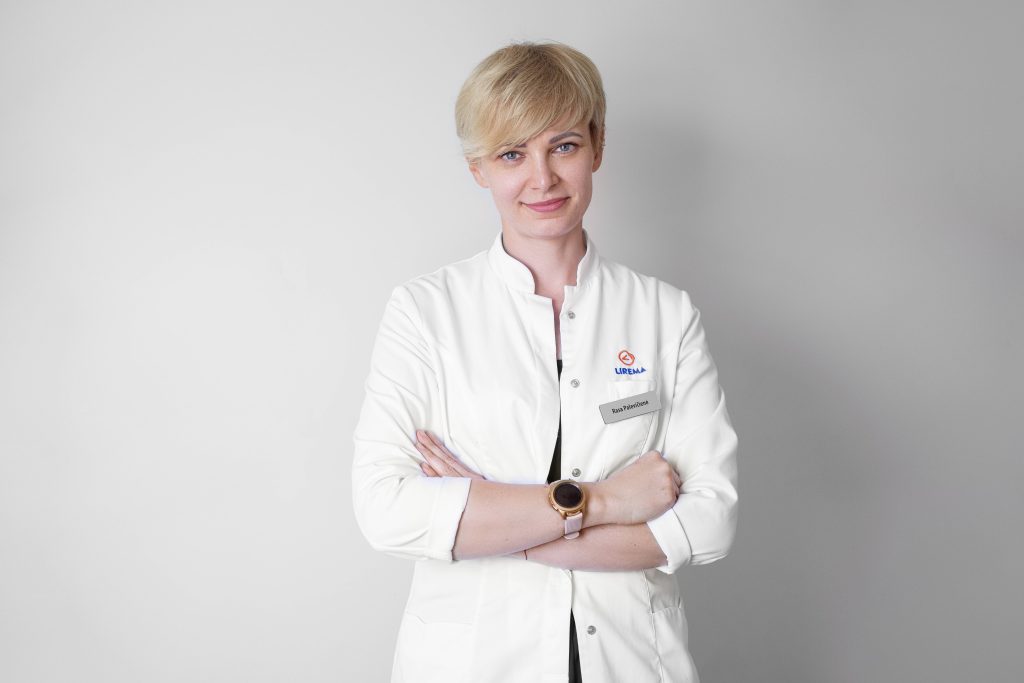Myopia is one of the most common vision disorders in the world, causing discomfort not only in exceptional cases when you want to engage in intensive activities but also in everyday life. If myopia is not corrected, the sight may become weaker and weaker simultaneously, increasing the chances of getting other eye diseases.
According to Rasa Palevičienė, Optometrist of the Lirema Eye Clinic, when you start to see poorly, you need to plan a visit to a specialist because it can cause severe problems in the future.
“When a person sees nearby objects clearly, and distant ones are blurred, it is the first symptom of myopia. According to the forecasts of specialists, by 2050, people will have myopia almost every second inhabitant of the world”, says R. Palevičienė.
The biggest risk
According to the specialist, if one of the parents is short-sighted, there is a greater chance that the child will have this problem too. Genetics is one factor, but myopia develops comprehensively.
“A prevalent cause of myopia progression is prolonged and strained close-up viewing. Children start using smart devices from a very early age, and their eyes work only for a short distance. There is too little time spent in the fresh air, looking at the distance, which is important for the growth of a child. The eyeballs begin to grow disproportionately, so we have large ranks of myopes children”, R. Palevičienė shares her experience.
According to the optometrist, smart screens are not evil in themselves. Vision begins to deteriorate when we spend unlimited hours looking at the same distance without switching between different distances objects.
Over time, without correcting myopia, the eyeball begins to grow even more. As it continues to grow, myopia becomes the reason for developing other eye diseases, such as glaucoma, cataracts or retinal detachments.
“Retinal detachment occurs when the containing tissue of the light receptors on the back of the eye separates from the blood vessel wall. The greater the degree of myopia, the more the eyeball is enlarged and the retina is thinner, so the risk increases detachment of the retina, which can also be the cause of blindness”, says R. Palevičienė.
Easy to correct the vision
After visiting the specialist, he will perform all the necessary eye examinations, evaluate the condition of the eyes and will recommend the most suitable methods of vision correction.
“Myopia can be low, medium or high. Low degree myopia is considered up to – 3 diopters, medium – from – 3 to – 6 diopters, and severe – from – 6 diopters, but even more than -6 diopters of myopia can be perfectly adapted corrective measures,” says the optometrist.
Often, patients engage in self-medication and interpret the correction in their way – they wear insufficient dioptre correctors so that, according to them, the eyes do not become lazy.
“It’s a bad practice because it’s actually the opposite – uncorrected myopic eyes are “lazy” when looking at all distances, and the corrected ones must change the refractive power when we look closely. So, contrary to the prevailing myth, by not allowing the eyes to see well into the distance, we let them rest. It is important to correctly and timely correct vision to avoid more serious health problems in the future”, says R. Palevičienė.
She says myopia can be corrected with contact lenses, eye glasses or laser vision surgery.
“Contact lenses are suitable for responsible people who will comply with all hygiene requirements when changing them, will not sleep with them, and will also change their fluid in time. Glasses are a universal way to correct vision. However, causing greater discomfort and limit freedom. Laser eye correction – the optimal choice when the patient wants to do it once and forget about poor vision for a long time,” says the optometrist.
If your eyes are constantly tired to see properly, you want to squint, and it is difficult to see further objects, such as road signs or subtitles on a cinema screen, causing headaches and pain is a sign to plan a visit to a specialist.
